|

Figure Drawing EbooksPerspectiveThe International Library of Technology
|
Home![]() Learn How to Draw
Learn How to Draw![]() How to draw People
How to draw People![]()
![]() Stumble It!
Stumble It!
Learn How to Draw Perspective![]() How to Paint
How to Paint![]() How to Draw Cartoons
How to Draw Cartoons![]()
Purchase the ebook by clicking the "Buy Now" button at the bottom of the page.
After completing the purchase you will be directed to a web page which will give you a link to the download site.
Parallel Perspective
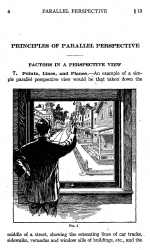
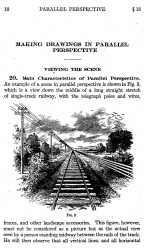
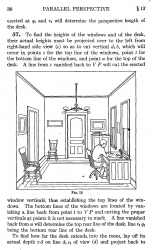
Angular Perspective
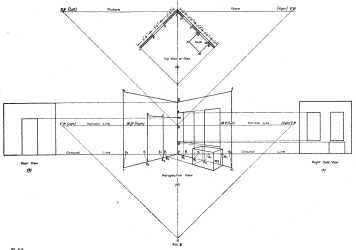
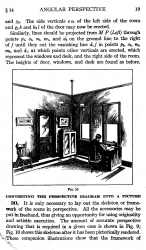
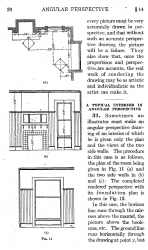
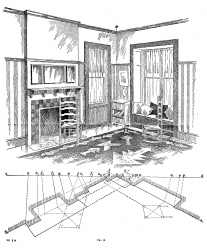
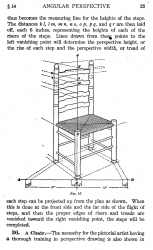

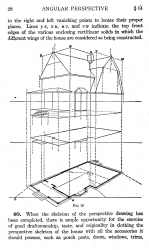

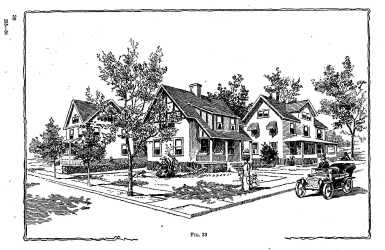
Pictorial Perspective
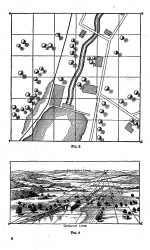
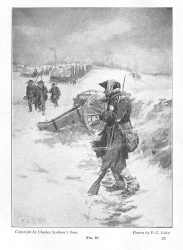
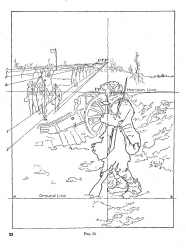
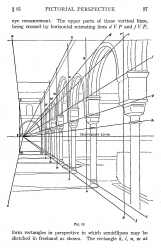
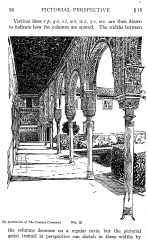
|
International Library of Technology - Perspective Published in 1915. This ebook consists of three lessons in perspective drawing. Each lesson explains the underlying theory and the practical application of principles of perspective drawing. Each contains exercises to illustrate the techniques and to practice so the student may become familiar with all the aspects of perspective drawing. |
|
Contents Parallel Perspective
Angular Perspective
Pictorial Perspective
1. Need of Perspective in Pictorial Work. -- Skill in drawing and rendering objects, figures, etc., though the drawing may show taste, cleverness, and originality, is not sufficient for the production of good pictures. Unless the principles of perspective are understood and applied, the foundation draftsmanship of a picture will be poor. In a picture, which usually consists of a group of objects or figures, each object, or figure, must not only be properly drawn and foreshortened, but it must bear the proper relation of apparent size to all the others. The apparent size of each object, or figure, in a drawing depends on the actual position of the object with relation to the observerís eye; the size is therefore determined by applying the principles of foreshortening. The application of the principles of foreshortening to the drawing of groups of objects, figures, houses, details of landscape, etc., is known as perspective. While it is possible to speak of a single foreshortened object being in perspective, the term perspective will here be confined to groups, and the term foreshortening will be used when single objects are being considered. |
CLASSES OF PERSPECTIVE 3. Parallel Perspective. -- Objects may be viewed in various ways and from different positions, thus causing the angles at which they are viewed to differ. For instance, a house may be viewed from directly in front, so that the observer is looking right at the vertical center line of the front of the house, and sees only the front elevation of it and neither of the ends. In this case the foundation line, upper and lower edges of windows, etc. are horizontal lines, and incline neither to the right nor to the left. If the object is small, as a box, the observer sees also the retreating top whose side edges will extend backwards toward a common point. When an object is viewed in this manner it is said to be in parallel perspective because many of the lines in the object are parallel to the face plane of the observer, and therefore parallel to one another. 4. Angular Perspectlve. --If the observer now walks to the right or to the left of his original position, he will then be looking at one corner of the house, and will see two sides of the house; that is, the front and one end. In this case all uprightlines are vertical, but the foundation lines on the front and the side and the upper and lower edges of the windows seem to extend backwards from the observerís eye at different angles, and toward certain common points. An object so viewed is said to be in angular perspective. Under the head of angular perspective is usually considered oblique perspective. In this case the observer, when viewing the house or other object concentrates his attention upon the sloping surfaces, such as roofs, gables, etc., and notices that they do not retreat toward some point or points on the horizon, but toward points above or below the horizon, whence the name oblique. There is also to be considered the perspective of curves, circles, and other odd shapes, which, for convenience and for reasons that will be brought out later, are classed under angular perspective. 5. Pictorial Perspectlve. -- When an object or a group of objects, including such accessories as trees, clouds, landscape accessories, human figures, etc., is seen, or when such a scene is sketched or gotten up as a composition to serve as an illustration, it is termed pictorial perspective Pictorial perspective is not au isolated class of perspective, but depends on and includes parallel perspective and angular perspective; and unless these two preliminary classes of perspective are first mastered it will not be possible to sketch or compose illustr tive work in accordance with the principles of pictorial perspective. |
International Library of Technology - Perspective $3.95
|
DOWNLOAD THE E-BOOK
Buy now with Paypal. If you are new to PayPal you will be directed to a PayPal sign up page
or you will be allowed to
pay directly by credit card.
|
You will need Adobe Acrobat Reader (c) to view the PDF file.
If you do not have a copy of Adobe Acrobat Reader you may download a free copy of the latest version here:
Acrobat Reader Download Site
If you experience any trouble downloading the e-book please click on this link: Detailed Download Instructions
If you are still experiencing trouble email me at:lifedraw2005@yahoo.com and I will contact you to help with the download or email you the file.
This e-book and the images in it are believed to be in the public domain based on their age and publishing date. If you have information to the contrary please email me: lifedraw2005@yahoo.com
|
Related Books from Amazon.com The Geometry of an Art (Sources and Studies in the History of Mathematics and Physical Sciences) |